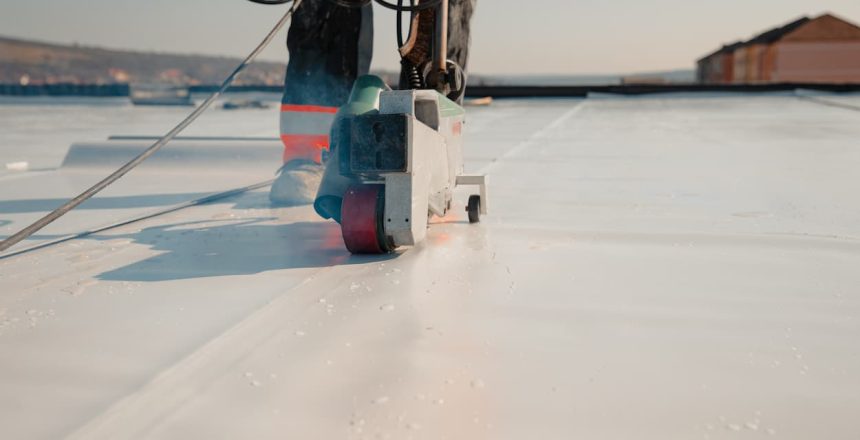Lack of waterproofing is one of the major causes of water damage to buildings. Waterproofing and keeping the interiors from roof to basement dry is extremely important. Without proper water repellent installation, water penetration poses risks of insect infestations, mold growth, and building failures. So, it is best to get your building waterproofed while it’s under construction. It will save you a lot of money and time in the long run, and installing a water repellent is one way to make your property waterproof. We’ve compiled comprehensive information that details why you should get water repellent installed.
What Is Waterproofing?
Waterproofing is a method to prevent water penetration. It is an essential step you need to take to ensure your interiors remain dry at all times. It also helps reduce humidity, protecting the building from water damage. The waterproofing process involves lining parts of your property with a waterproof membrane like water repellent that prevents water penetration.
After repairing or tuck-pointing a building, it’s vital to use a–clear, penetrating, water repellent sealer to penetrate the brick to prevent water from seeping through. Repairing mortar damage, replacing deteriorating brick, and adding a sealer is triple protection from future damage. Call DC Byers Company/Grand Rapids at 616-538- 7300 for questions regarding waterproofing. Water damage due to water leaks from the ceilings or clogged terraces is called seepage. When addressing complex problems like seepage, it is highly advised to contact an expert who knows how to deal with these situations and efficiently resolve them.
What Is a Water Repellent?
A water repellent is used to waterproof a building. It is a water-resistant coating with properties that repel water. Since they are hydrophobic, they have a high survival chance after coming in contact with water. Water repellent material is embedded in walls during construction to make the walls impenetrable by water, moisture, and humidity. Once a building is constructed, the walls must be water-repellent, so this waterproofing method should be considered well ahead of construction.
Water repellents prevent serious water and moisture damage and help prolong the life of buildings. While choosing a water repellent, you should also ensure that its chemical composition is suitable for the material of the building. For instance, concrete is susceptible to many chemicals, so you wouldn’t choose a water repellent containing even the slightest amount of these chemicals.
Advantages of Waterproofing
The foremost advantage is that it protects from water damage. Water damage can become a major concern if you live in rainy areas. If not addressed immediately, it can cause serious damage. Waterproofing saves you a lot of money and time in the long run.
Another main advantage of waterproofing is it increases your property’s value. Installing water repellent prevents water and unwanted moisture from penetrating your walls. Increased humidity and moisture can lead to mold growth leading to wood decay. Your waterproofed building will ensure new buyers’ will not have to deal with water damages, increasing its appeal.
Water repellent installation is extremely important to prolong the life of a building. Many other alternative waterproofing methods are possible if a building does not have water repellent. However, they aren’t as effective. If you plan on installing water repellent, consult a professional like DC Byers Company/Grand Rapids for the best expertise and experience. Our team of professionals will advise you on the best possible solution for your waterproofing problems.
